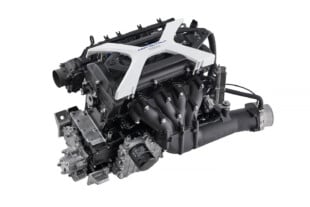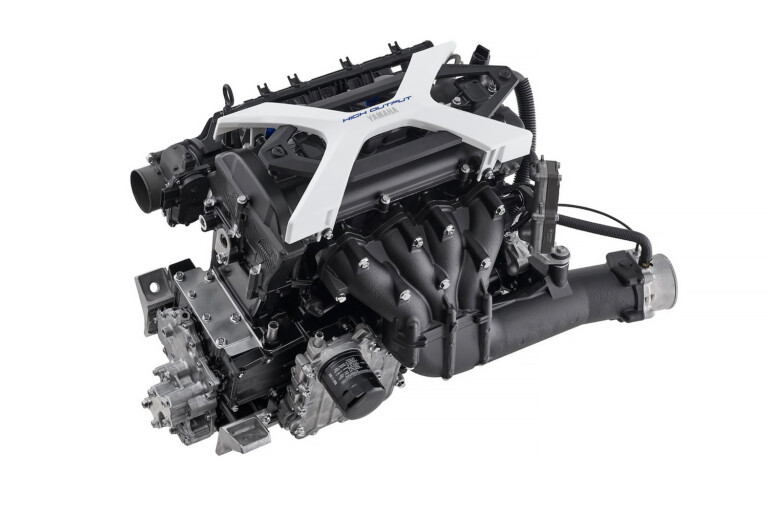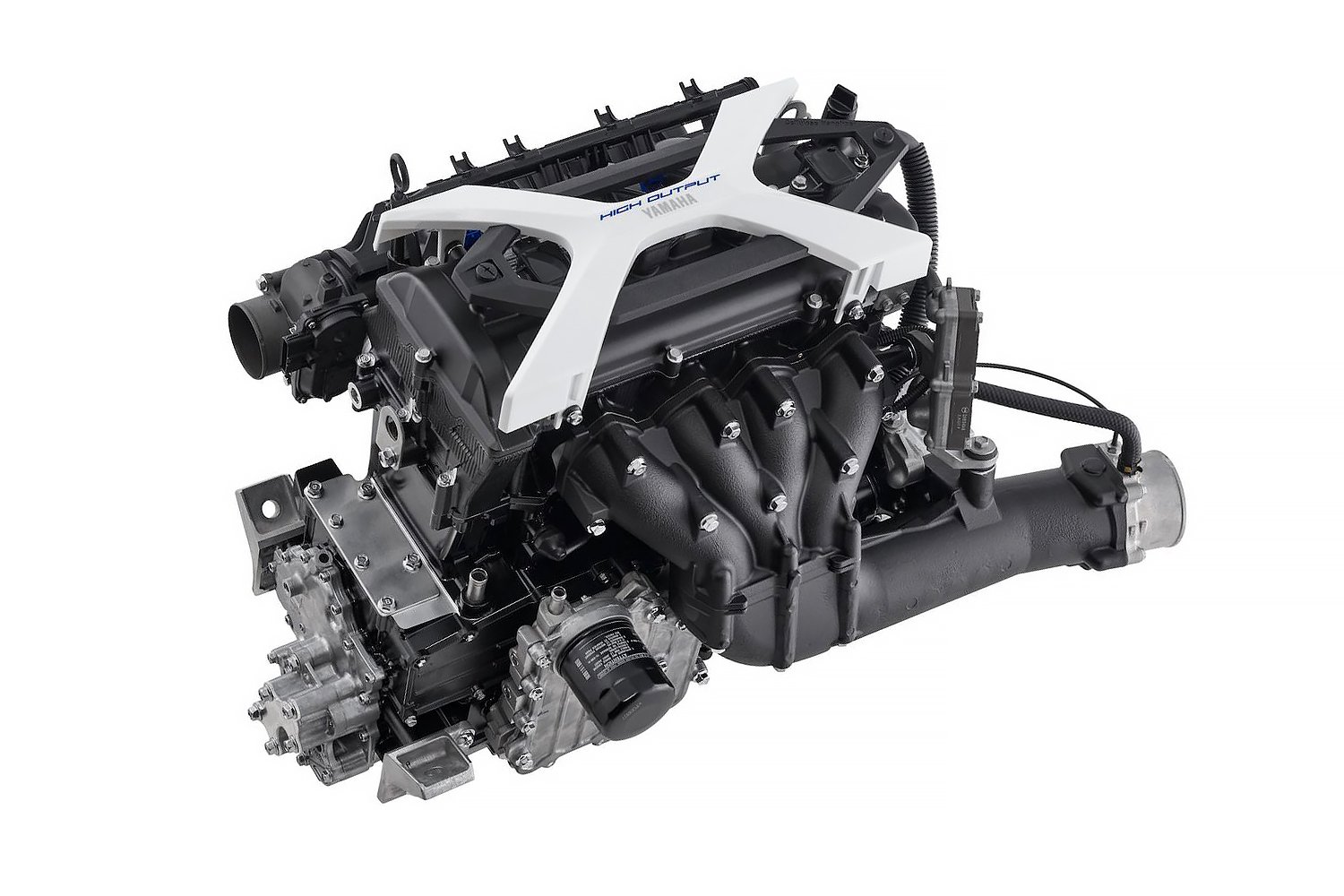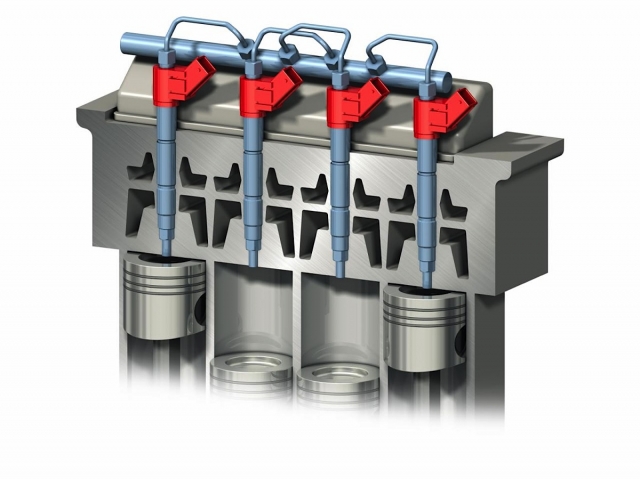 Calling V8 engines “dinosaurs,” Volvo today announced an advanced diesel technology that helps provide more precise fuel metering, which should improve power and fuel economy for the company’s new VEA family of engines.
Calling V8 engines “dinosaurs,” Volvo today announced an advanced diesel technology that helps provide more precise fuel metering, which should improve power and fuel economy for the company’s new VEA family of engines.
“We will create smaller, more intelligent engines with so much power that they will turn V8s into dinosaurs. Our 4-cylinder engines will offer higher performance than today’s 6-cylinder units and lower fuel consumption than the current 4-cylinder generation,” boasts Derek Crabb, Volvo’s powertrain engineering boss.
Designated as i-ART, the new technology monitors pressure feedback from each fuel injector, instead of using the more traditional single pressure sensor in the engine’s common-rail system.
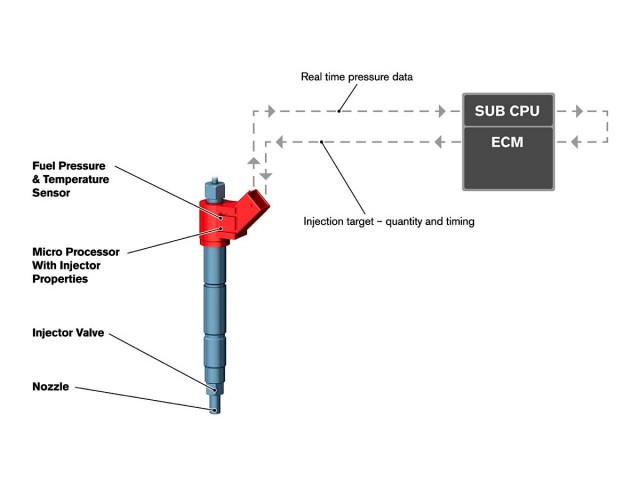 “Each injector has a small computer on top, which monitors injection pressure. Using this information, the self-adapting i-ART system makes sure that the ideal amount of fuel is injected during each combustion cycle,” says Crabb. “Increasing the rail pressure to an exceptionally high 2,500 Bar (36,260 psi), while adding the i-ART technology, can be described as the second step in the diesel revolution. It is a breakthrough comparable to when we invented the groundbreaking lambda sensor for the catalytic converter in 1976. It’s another world-first for Volvo.”
“Each injector has a small computer on top, which monitors injection pressure. Using this information, the self-adapting i-ART system makes sure that the ideal amount of fuel is injected during each combustion cycle,” says Crabb. “Increasing the rail pressure to an exceptionally high 2,500 Bar (36,260 psi), while adding the i-ART technology, can be described as the second step in the diesel revolution. It is a breakthrough comparable to when we invented the groundbreaking lambda sensor for the catalytic converter in 1976. It’s another world-first for Volvo.”
The one drawback to electronically controlling fuel injection in diesel engines is the lack of knowledge of what’s actually happening inside the combustion chamber. With a gas engine, the O2 sensor located in the exhaust header or downpipe lets the engine-management computer immediately know the air-fuel ratio from each combustion event. Combined with information from other sensors, such as manifold pressure, throttle position and inlet air temperature, the computer can make real-time adjustments for optimum performance.
With a diesel, air-fuel ratio varies so much that it’s hardly a factor in determining fuel delivery. A more informative factor would be the actual cylinder pressure at the crank angle, but that technology would be very expensive. The i-ART technology does provide a little more information to the ECU, which should help optimize combustion.



